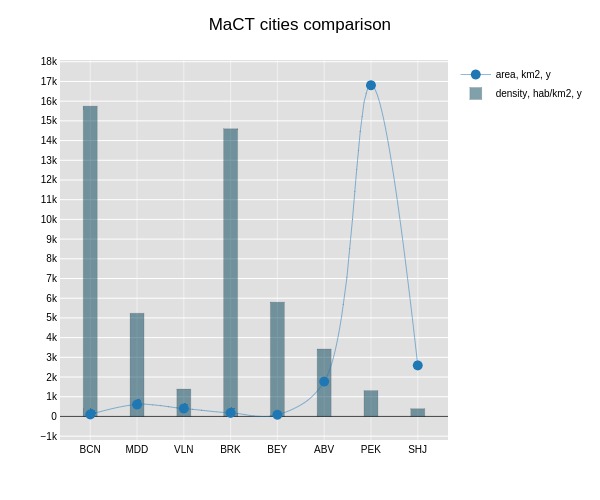Can cities learn from each other?
Sharing Cities course started as a beginning of urbanization.com platform development. The main goal of the course was to identify parameters in which cities and their public spaces can be compared. MaCT students analysed 8 different cities and developed the concepts through which different typologies of streets can be compared. I chose to analyse Vilnius which is one of the greenest capitals in Europe. As many other European cities Vilnius has developed around cars infrastructure during last century. Despite that, I believe that today we can shift towards priority of human in city streets.
Below are sections and plans of main categories in Vilnius streets.
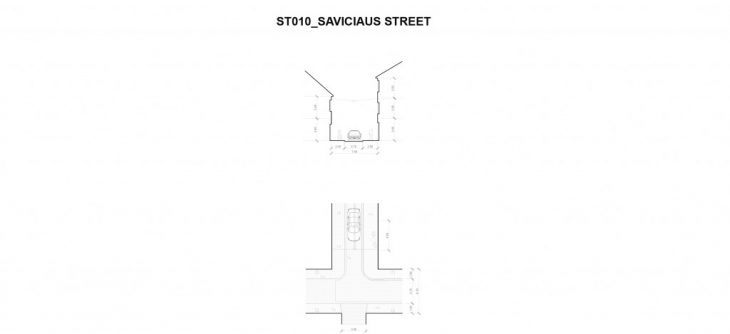
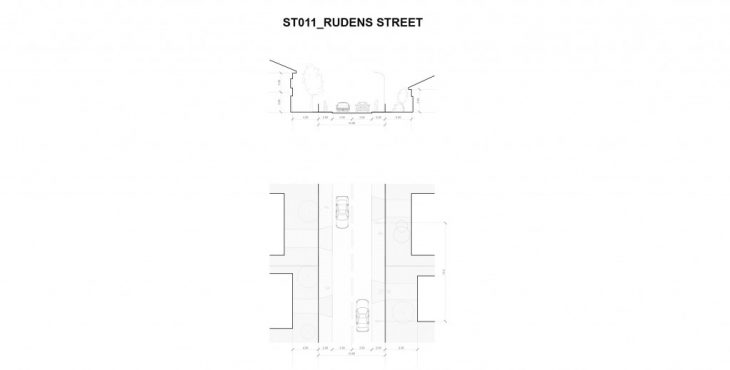
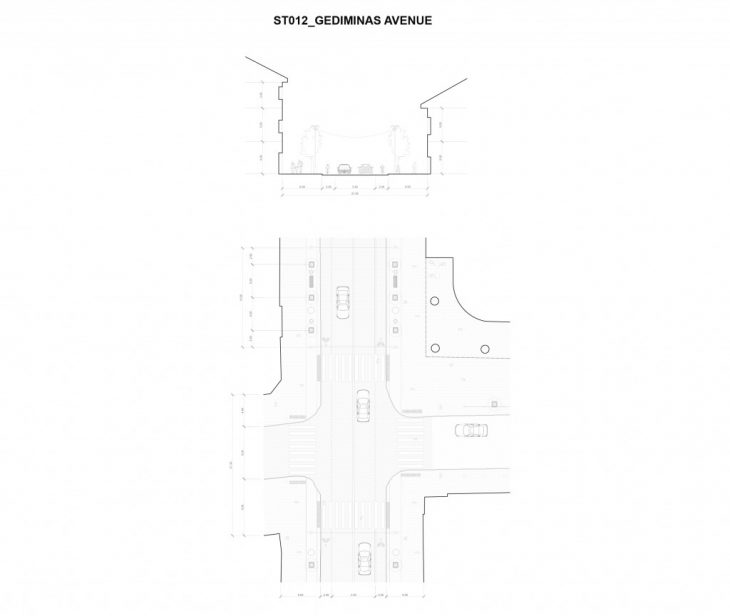

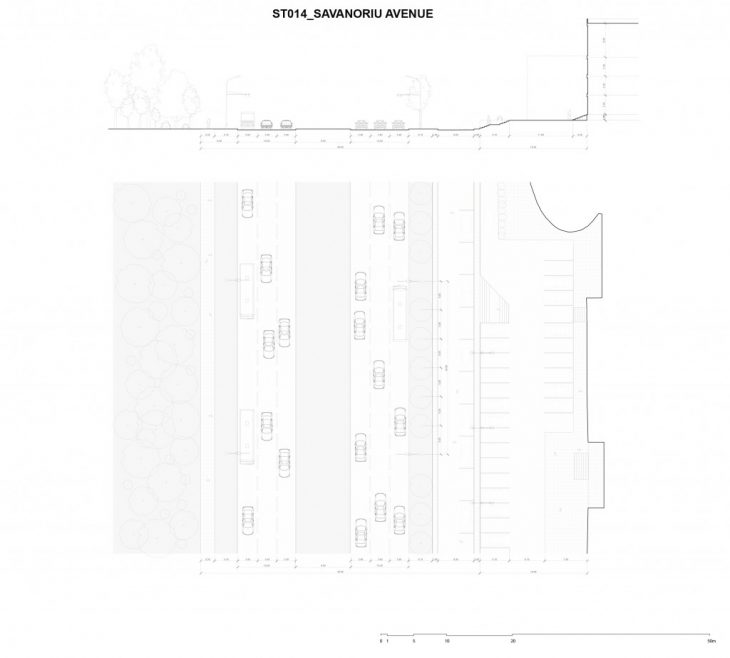
After we analysed our cities the database with different parameters was created. In database we stored all of the data that we could collect about particular streets that we chose to analyse.

After all each of us compared some of the parameters of MaCT cities. I chose to compare size (area) and density. To visualise my result I used Python and Plotly library.
Vilnius: Sharing Cities is a project of IAAC, Institute for Advanced Architecture of Catalonia, developed at MaCT (Master in City & Technology), 2017-18 by:
Student: Saule Gabriele Petraityte
Faculty: Vicente Guallart, Marta Milà
